Historic Silleuksa Temple
in Yeoju City
 Silleuksa (or Shinreuksa) Temple in Yeoju City
Silleuksa (or Shinreuksa) Temple in Yeoju CitySilleuksa Temple in Yeoju City
If you're looking to explore the rich cultural and historical sites of South Korea, Silleuksa Temple is a destination worth considering.
This ancient temple, located in the picturesque city of Yeoju, offers a window into the country's past, with a history that dates back over a millennium.
The temple is set amidst breathtaking mountain ranges and scenic landscapes, providing visitors a serene environment to explore.
With its unique architecture, fascinating facilities, and various features and attractions, Silleuksa Temple is a must-visit destination for anyone interested in learning more about Korean culture and history.
Let us take a closer look at the temple's history, architecture, and attractions, giving you a glimpse into what makes Silleuksa Temple such a special place.
History and Background
 Silleuksa Temple in Yeoju is the only one in the country by the riverside.
Silleuksa Temple in Yeoju is the only one in the country by the riverside.Shilleuksa is a serene and peaceful temple nestled against a gentle hill, surrounded by lush greenery and the tranquil sounds of the river Namhan.
The temple features several beautiful buildings, including a main hall, a prayer hall, and a bell tower. The main hall, also known as Daeungjeon, is home to a magnificent Buddha statue, Korea's most prominent.
The temple grounds are adorned with beautiful gardens, ponds, and sculptures.
One of Shilleuksa's most unique features is its position along the river, making it the only riverside temple in South Korea.
The location provides stunning views of the surrounding landscape and creates a peaceful and meditative atmosphere.
Historical Significance of Silleuksa
 Silleuksa (Sinreuksa) Temple in Yeoju City - An ancient stone pagoda
Silleuksa (Sinreuksa) Temple in Yeoju City - An ancient stone pagodaSilleuksa Temple is one of South Korea's oldest temples and holds cultural and historical significance.
Founded in 580 AD during the Silla Dynasty, the temple has been a center of Buddhist learning and practice for over 1,400 years.
The temple has survived numerous wars, invasions, and natural disasters and has been rebuilt and renovated several times.
Today, Silleuksa Temple in Yeoju City is an important cultural and spiritual landmark, attracting visitors interested in exploring the country's Buddhist heritage and architectural legacy.
The temple is also renowned for being a repository of seven Treasures, which include a Buddhist scripture, a bronze bell, and a set of wooden printing blocks.
Additionally, the temple is home to a 500-year-old aromatic juniper tree and a 600-year-old ginkgo tree, both considered sacred.
Founded by the Silla dynasty monk Wonhyo in the 6th century, Shilleuksa Temple has undergone several transformations, including enlargement, burning, and rededication.
In 1469, during the reign of King Seongjong, the temple was made a prayer sanctuary to the royal mausoleum of King Sejong the Great, who himself moved from Seoul that year.
Despite its small size, Shilleuksa is a sacred pilgrimage site for many Buddhists and a popular tourist attraction for those seeking peace and tranquility.
Silleuksa Temple Features
 Silleuksa (Sinreuksa) Temple in Yeoju City
Silleuksa (Sinreuksa) Temple in Yeoju CityMain Hall (Daeungjeon): The Main Hall, also known as Daeungjeon, is the central hall of the Silleuksa Temple. It is the heart of the temple complex, where Buddhist ceremonies and rituals occur.
The hall typically houses statues of Buddha, Bodhisattvas, and other important figures of the Buddhist pantheon. It is a place for meditation, prayer, and reflection.
Shrine to Avalokitesvara (Gwanseeum-bosal): The Shrine to Avalokitesvara is a separate hall within the Silleuksa Temple complex.
Avalokitesvara, the Bodhisattva of Compassion, is enshrined in this hall, adorned with beautiful artwork, intricate carvings, and intricate architectural details.
The Shrine to Avalokitesvara is a peaceful place for visitors to reflect and contemplate.
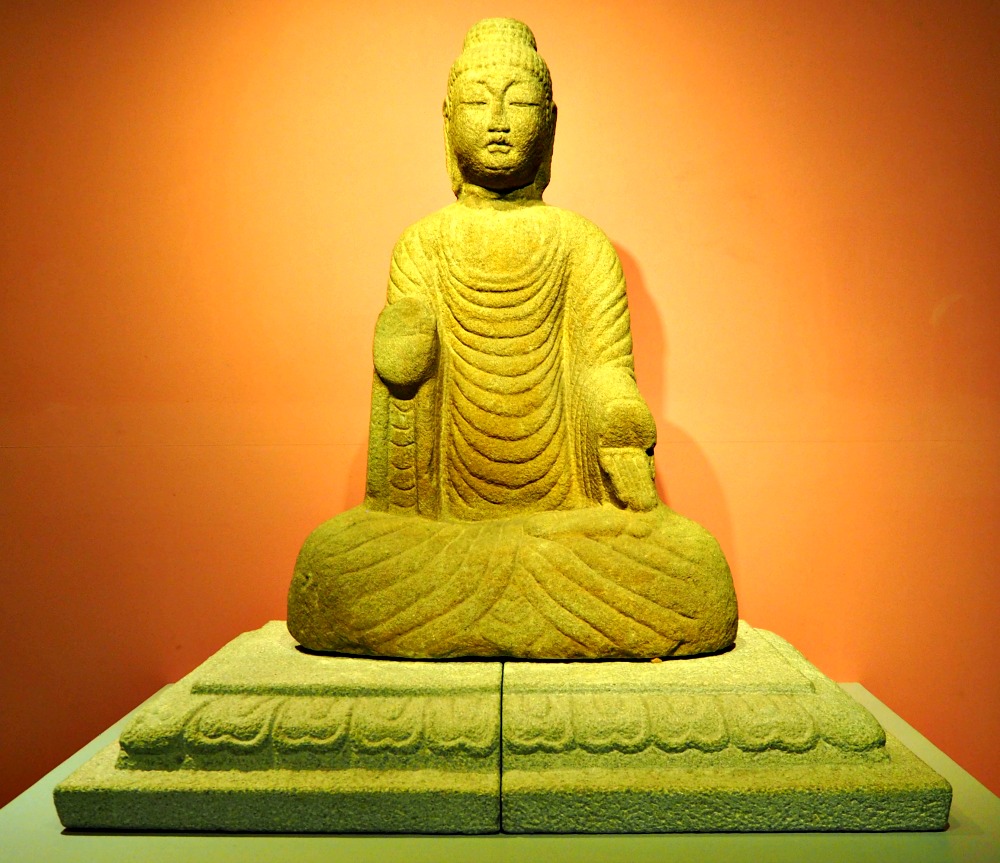 Buddha of Compassion (Goryeo period) at the National Museum of Korea
Buddha of Compassion (Goryeo period) at the National Museum of KoreaPagodas and Towers: Silleuksa Temple features traditional Korean pagodas and towers integral to the temple complex.
These architectural marvels stand tall and proud and are essential to the temple's history and culture. The Silleuksa Three-Story Stone Pagoda is one of the highlights of the temple complex.
It is a beautiful example of traditional Korean pagoda architecture and a must-see visitor attraction.
Monastic Quarters: The Silleuksa Temple provides accommodation for resident monks and facilities for visitors participating in temple stays or retreats.
The monastic quarters are tranquil and comfortable, providing a peaceful place for visitors to rest and rejuvenate.
The modern and well-maintained facilities ensure visitors have a relaxed and enjoyable stay.
The temple stay program is a unique opportunity to experience Buddhist culture and lifestyle and to learn more about the temple's history and traditions.
Attractive Features of Silleuksa Temple
 Golden hour at Silleuksa Temple in Yeoju City
Golden hour at Silleuksa Temple in Yeoju CityArchitectural Style: Silleuksa Temple exhibits traditional Korean temple architecture, known for its exquisite beauty and unique style.
The temple's roof features colorful painted eaves adorned with intricate patterns and designs.
The elaborate woodwork throughout the temple is another hallmark of Korean temple architecture, showcasing the skill and craftsmanship of the artisans who built it.
The graceful curves of the temple's roof and its ornate details make it a stunning example of traditional Korean architecture.
Natural Setting: Located along the banks of the Namhan River, Silleuksa Temple is set amidst a breathtaking natural landscape.
Surrounded by lush greenery and serene water, the temple offers a tranquil and peaceful environment for meditation and contemplation.
The temple's natural surroundings are essential to its appeal, providing visitors with a sense of calm and tranquility that is hard to find in other settings.
Cultural Heritage: Silleuksa Temple is a designated cultural heritage site in South Korea, reflecting its historical significance and architectural beauty.
The temple is considered one of the most important cultural sites in the country, attracting visitors from all over the world who come to appreciate its beauty and learn about its rich history.
As a cultural heritage site, the temple is carefully preserved and protected, ensuring that future generations can enjoy its beauty and historical significance.
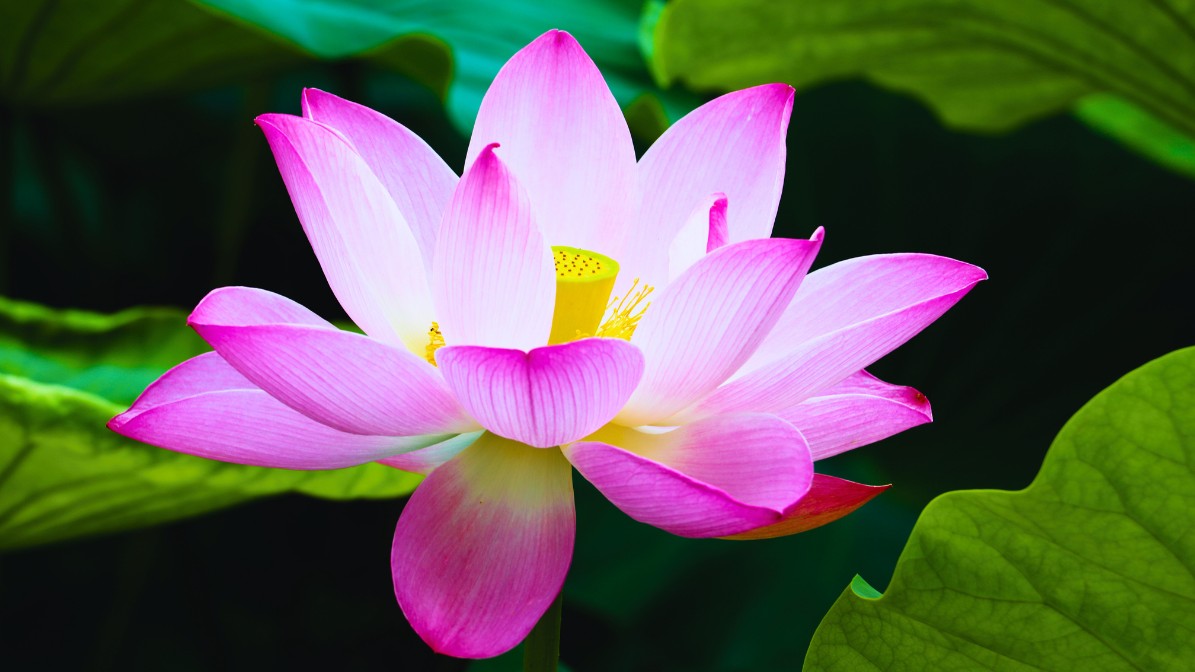 The lotus flower is a significant symbol of enlightenment in Buddhism.
The lotus flower is a significant symbol of enlightenment in Buddhism.Cultural Events
Throughout the year, Silleuksa Temple hosts various cultural events that showcase Korea's rich cultural heritage, including Buddha's birthday events, lantern festivals, traditional Buddhist ceremonies, and artistic performances.
Visitors can immerse themselves in the vibrant culture of Korea and experience the unique traditions of Korean Buddhism.
These events provide an opportunity for visitors to interact with the local community and learn about the customs and traditions that have been passed down through generations.
Getting to Silleuksa Temple in Yeoju City
Visitors can reach Silleuksa Temple by car, and parking is near the temple grounds. By public transportation, Silleuksa Temple is accessible by bus from Yeoju City, with buses stopping near the temple entrance.
To reach Silleuksa Temple in Yeoju City, follow these steps...
To get to Silleuksa Temple from Seoul, you can start by heading to Dong Seoul Bus Terminal. From there, you can take an Intercity Bus to Yeoju.
The buses run between 6:30 a.m. and 10:30 p.m. and depart approximately every 30 minutes. Once you arrive at Yeoju Bus Terminal, walk to the right for about 100 meters and cross the road to catch Bus 980.
The bus will take you to the bus stop at the Sinreuksa Temple (신륵사). From there, you can easily reach Silleuksa Temple by walking to 73 Silleuksa-gil, Yeoju-eup, Yeoju-gun, Gyeonggi-do.
Enjoy your visit to this serene temple! 🙏🏼🏯
- Home
- Temples in South Korea
- Silleuksa Temple In Yeoju City
Get Exciting Activities
Book one of our exciting activities today to experience the thrill of a lifetime! Take advantage of this opportunity and secure your spot in advance.
Hotel Map Guide
Find your affordable, accessible, and comfortable hotel in Seoul at Agoda.Com. See the hotel map below...
Hotel Booking Guide
Find affordable and amazing hotels on Agoda.com using the search box below. Book now to enjoy great discounts and save!
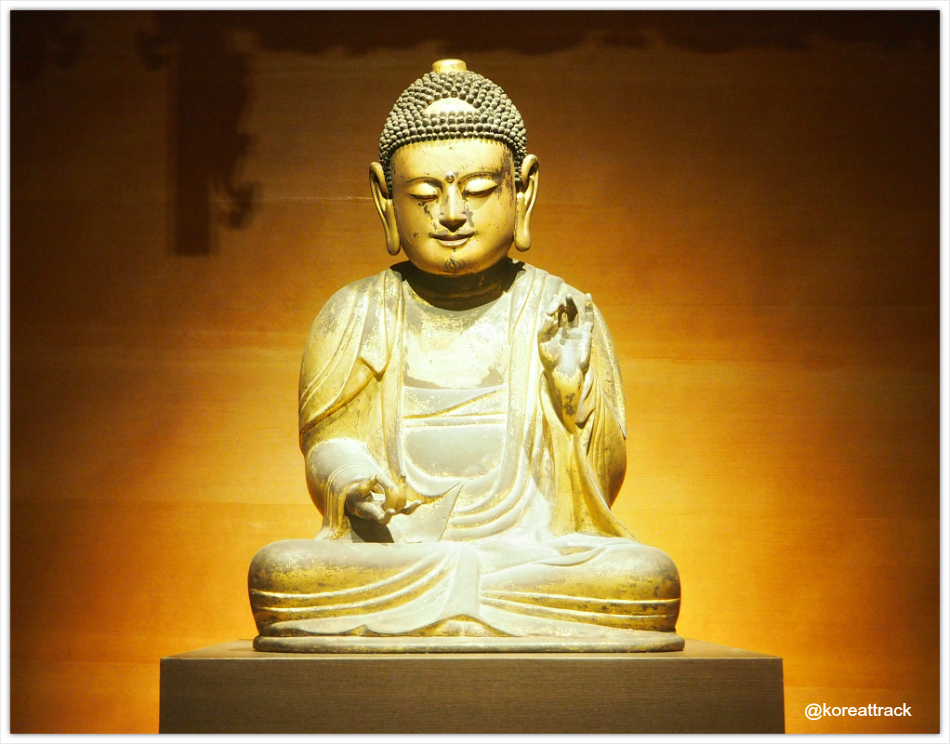
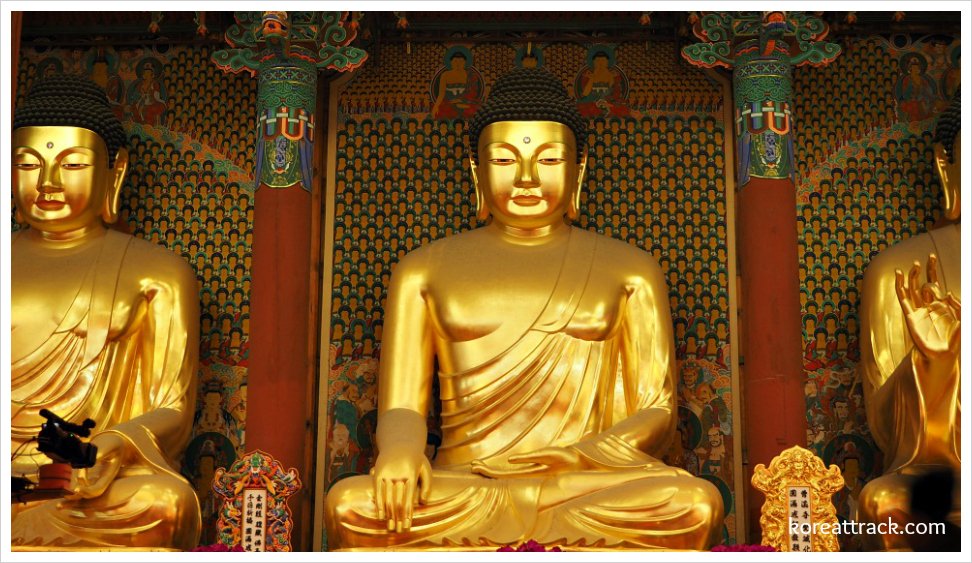
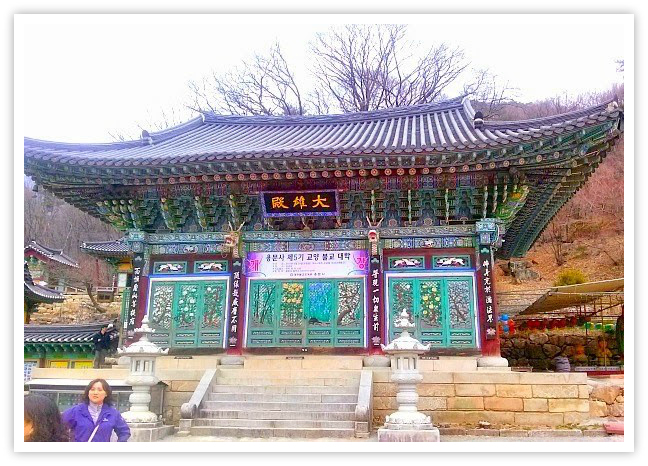




New! Comments
What do you think about this page? Leave me a comment in the box below.